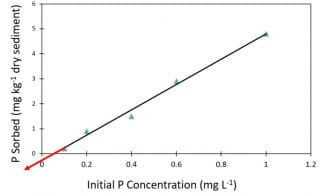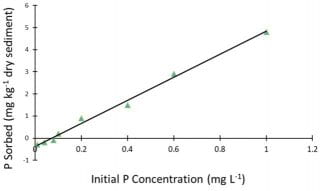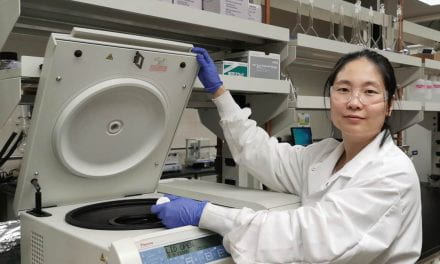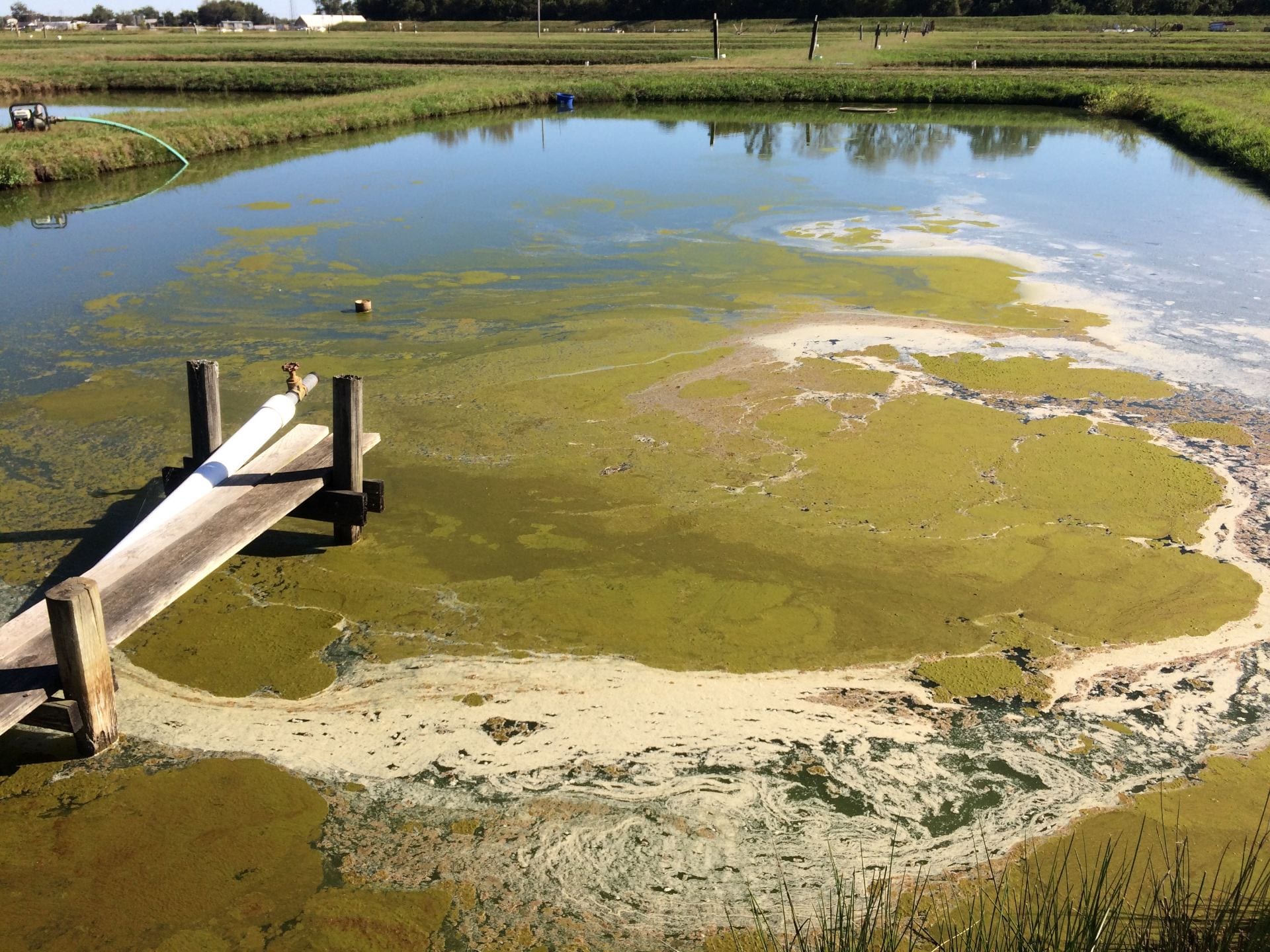
Researchers Confirm Accuracy of Method for Estimating Phosphorus Dynamics in Stream Sediments

University of Arkansas researchers Eleanor Henson, Abbie Lasater, and Dr. Brian Haggard evaluated whether current methods of calculating phosphorus fluxes in streambed sediments could be improved to yield higher quality data. This study can help refine water quality models used by water resource managers.
Stream sediments can be powerful indicators of water quality, and have the potential to improve or worsen water quality downstream. Sediments have the ability to store excess phosphorus (P) that may enter a stream, but under the right conditions, sediments also have the potential to release P back into the water.
One way to find out if stream sediments will be a “source” of P or a “sink” for P is to determine the equilibrium phosphorus concentration (EPC) of the sediments. This is the concentration of P in the water at equilibrium with the P in sediments, such that there is no P moving from one to the other.

Figure 1: Sediment EPC estimation through extension of the line outside of the data points (red arrow), since no data points exist below the x-axis.
In the AWRC lab, we typically measure EPC by collecting fresh stream sediments, taking them to the lab, and flooding them with a known amount of filtered stream water plus adding known amounts of P. Then we shake the water and sediments for an hour and measure how much P is in the water. We can expect that there will be less P in the water because some of it adsorbs to the sediments. We can plot the amount of P adsorbed as a function of the initial P concentration of the water and draw a line through it using linear regression analysis (see Figure 1). The point where the line goes through the x-axis is the theoretical EPC. The challenge is, we have to extend the line beyond the actual data points we have since this method does not account for desorption of P, where it is released from sediments.
Henson measured that missing component of EPC. She used aluminum sulfate, commonly known as alum, to remove P from the filtered water at the beginning of the experiment. With less P in the water, she could then measure how much P is released from the sediments into the water while it’s being shaken. This creates data points that extend above and below the x-axis and gives us more confidence in the estimated EPC (see Figure 2).

Figure 2: Sediment EPC estimation with data points above and below the x-axis.
Ultimately, Henson found that EPCs were not different when estimating it by extending the line or getting the line to cross the x-axis by promoting release of dissolved P by the stream sediments.
“What’s great about these findings is that the results validate current methods for EPC estimations,” says Abbie Lasater. “Spending the excess time and money to promote the release of P from the sediments is not necessary.”
This research was published in the August 2019 issue of the Journal of Agrosystems, Geosciences, & the Environment.
Eleanor Henson conducted this research as an undergraduate student in the Ecosystem Services Research Experience for Undergraduates (EcoREU) program during the summer of 2018. EcoREU is a program funded by the National Science Foundation to provide scientific research opportunities for undergraduate students. Henson worked directly with Abbie Lasater, PhD student in biological engineering, and the team was advised by Dr. Brian Haggard with our Water Center.















